Gone are the days when only the rich can afford to travel. Sure, traveling is not cheap but you don’t have to break the bank to do it. In June, my sister Pam and I went to Kuala Lumpur, stayed there for 5 days and 4 nights, and spent just under PHP 15,000 (per person) for everything – airfare, accommodation, food, entrance fees, souvenirs, etc. Here’s how we did it:
1. Book discounted seats from budget airlines.
We bought our plane tickets from Cebu Pacific, which regularly runs seat sales. Base fare was around PHP 3,300 but with taxes and additional baggage allowance, we ended up spending around PHP 5,000 each. Still not bad but that was the biggest chunk of our budget.
AirAsia also offers competitive flight prices, especially since it is a Malaysian airline. It even has flight + train or flight + train + hotel deals so if you want seamless transfers when you land KL, then AirAsia might be a good option.
Sign up for airline newsletters or set up your Facebook account to receive real-time notifications from said airlines so that you’re always updated when there’s a seat sale.
2. Book budget rooms on Airbnb.
I’ve booked rooms on Airbnb twice and on both instances, I’ve had good experiences. The place we stayed in was in Titiwangsa, Kuala Lumpur and it was GREAT. The room costs around PHP 4,300 for 4 nights. Though you can easily find cheaper rooms in KL (especially in the Chinatown area), it’ll be hard to find cheaper alternatives that can match Matt and Helen’s place. The house was spacious and airy and quiet. The room was not big but it wasn’t small either, just enough for a comfortable stay. It has big wardrobe space, a fan and AC, a window with the view of the Titiwangsa area, a chair and a small desk and A LOT of guidebooks and brochures which were very handy when we were planning where to go next. The location was perfect, too. Titiwangsa is a quiet area. The place was literally a few steps away from the Monorail and LRT stations and the bus station. The GOKL bus stops in this area so it was very convenient for us to visit the city center whenever we wish to. Matt and Helen were the best hosts — friendly and accommodating and approachable; they were always helpful when we needed directions going to different places. And they have the nicest cat! When I return to KL, I’ll probably book the same room.
Whether it’s Airbnb or Agoda or Expedia, you won’t run out of affordable options for accommodation in KL. You can even try Couchsurfing if you’re a brave soul.
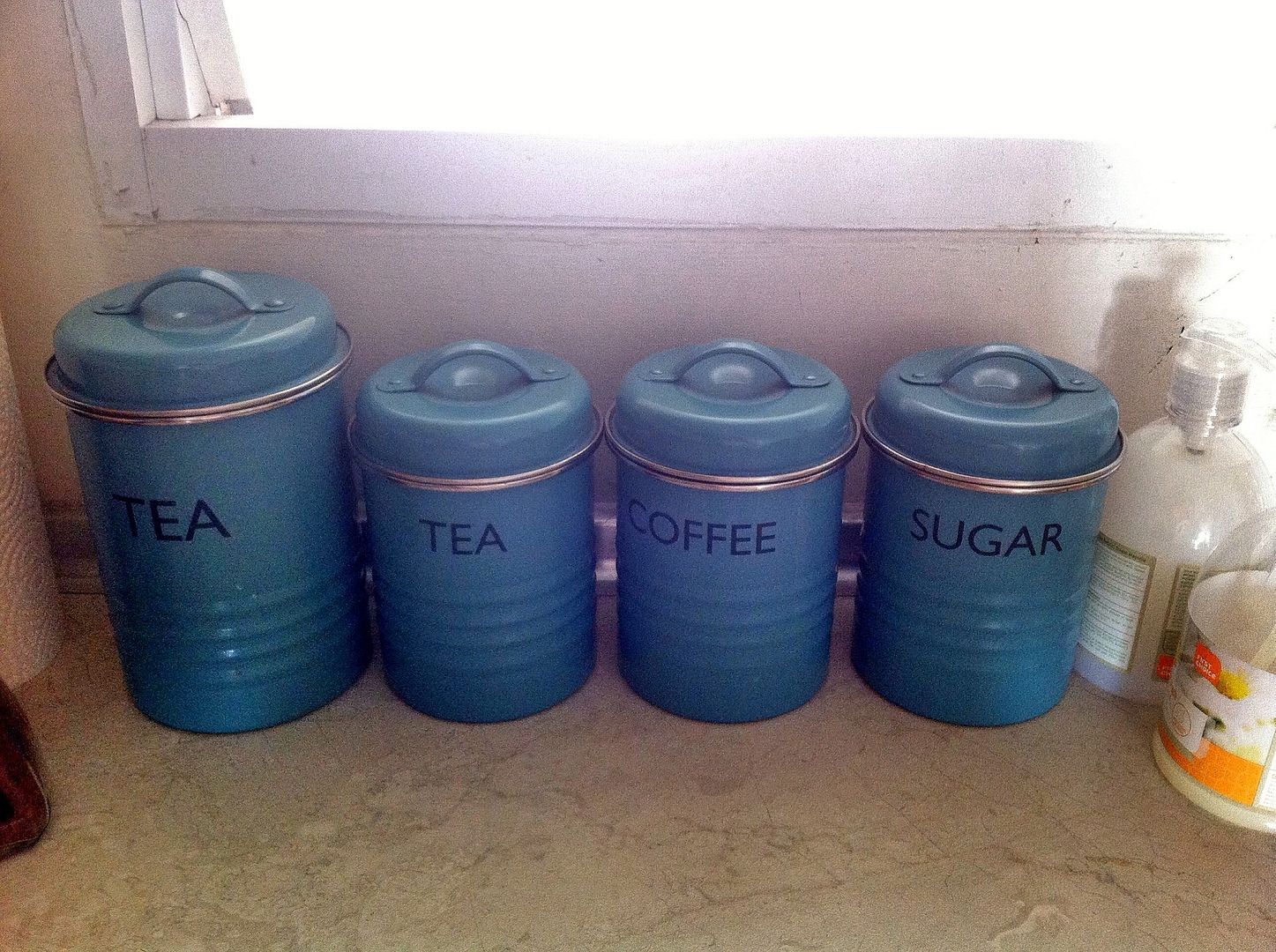
3. Go around the city for FREE via GoKL bus.
One of the reasons we love Matt and Helen’s place is its proximity to various public transport terminals. The train stations, bus station, and taxi terminal are all just a few steps away. Malaysia has good public transportation system so going around the city is easy peasy. Plus, they have this super efficient and FREE shuttle called GoKL that goes around the city. Yes, free! GoKL currently has four lines (red, blue, green, purple) going around the city. We took the red and blue lines multiple times during our stay, saving us a pretty decent amount of money.

When we couldn’t catch the GoKL, we rode the Rapid KL buses and took trains, both of which are affordable.


4. Eat local.
Malaysian cuisine is a blend of different cooking influences from Malay to Chinese to Indian to Thai to Indonesian. Visiting Malaysia and not trying its food would be a shame. It’s not hard to enjoy the food in Malaysia because it is genuinely good and delicious. Most of the eating places we dined in had huge servings, too.

Like in any other places in the world, affordable food can be found in food courts, eateries and street stalls. For the most part of our stay, we ate food that cost RM5-10 (PHP 60-130), though we did splurge twice: lunch at Yeng Keng Hotel in Penang and brunch at The Loaf in Jalan Tuanku Abdul Rahman.
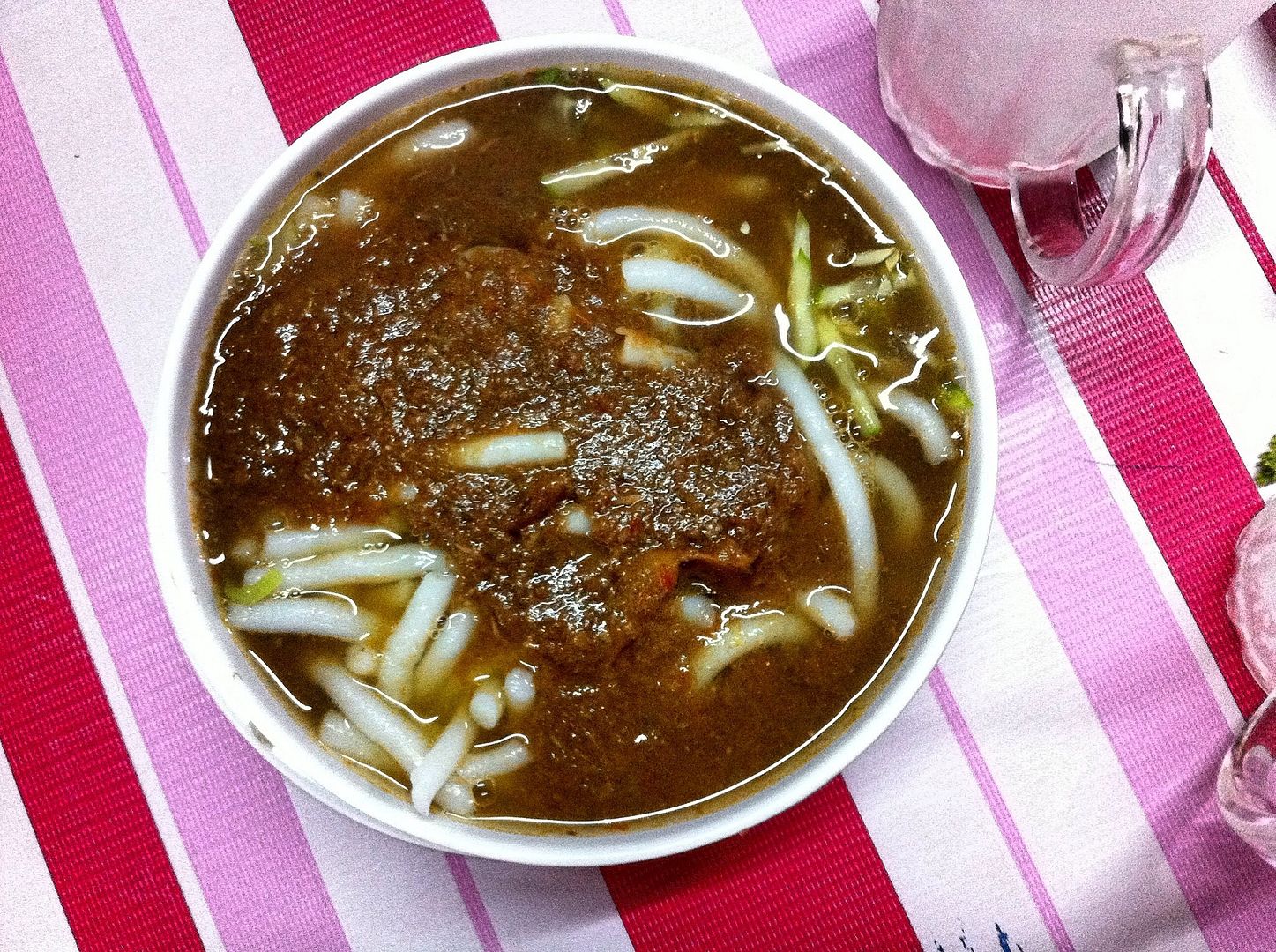


Another way to save on food is to book a hotel that offers free breakfast. Matt and Helen offered us simple breakfast foods and we had access to their pantry.
5. Visit spots with free admission.
There are plenty of places in Kuala Lumpur that don’t charge entrance fees such as the Batu Caves. Since we stayed in Titiwangsa, we also had the chance to walk around Tasik Taman Titiwangsa (Titiwangsa Lake Garden) – the place where John Lloyd and Bea shot Miss You Like Crazy. Hahahaha. Movie stars aside, Titiwangsa Lake Garden is a great place for a morning jog, biking around, or even for Zumba! When we went there, a few women were setting up for a Zumba session. The park also has a good view of the Petronas Twin Towers and Menara KL (KL Tower).


Speaking of Petronas Twin Towers, there is a fee if you want to go up the viewing deck but if you just want to see it in all its glory, you don’t have to spend anything. The front side of the KLCC Park gives the best, unobstructed view of the towers. Strangely, this was also a scary view for Pam and I because somehow, we felt like the tall buildings were going to “eat” us. I’m starting to believe that we both have batophobia.
At night, there’s a fountain light and music show at the front of Suria KLCC. An entertaining, and totally free, scene. 🙂
We also walked around frequently to see more of the city. Malaysia is so multi-cultural and it is evident even in its architecture. At any given time, you can see colorful buildings, Moorish structures, Chinese temples, even British colonial buildings.
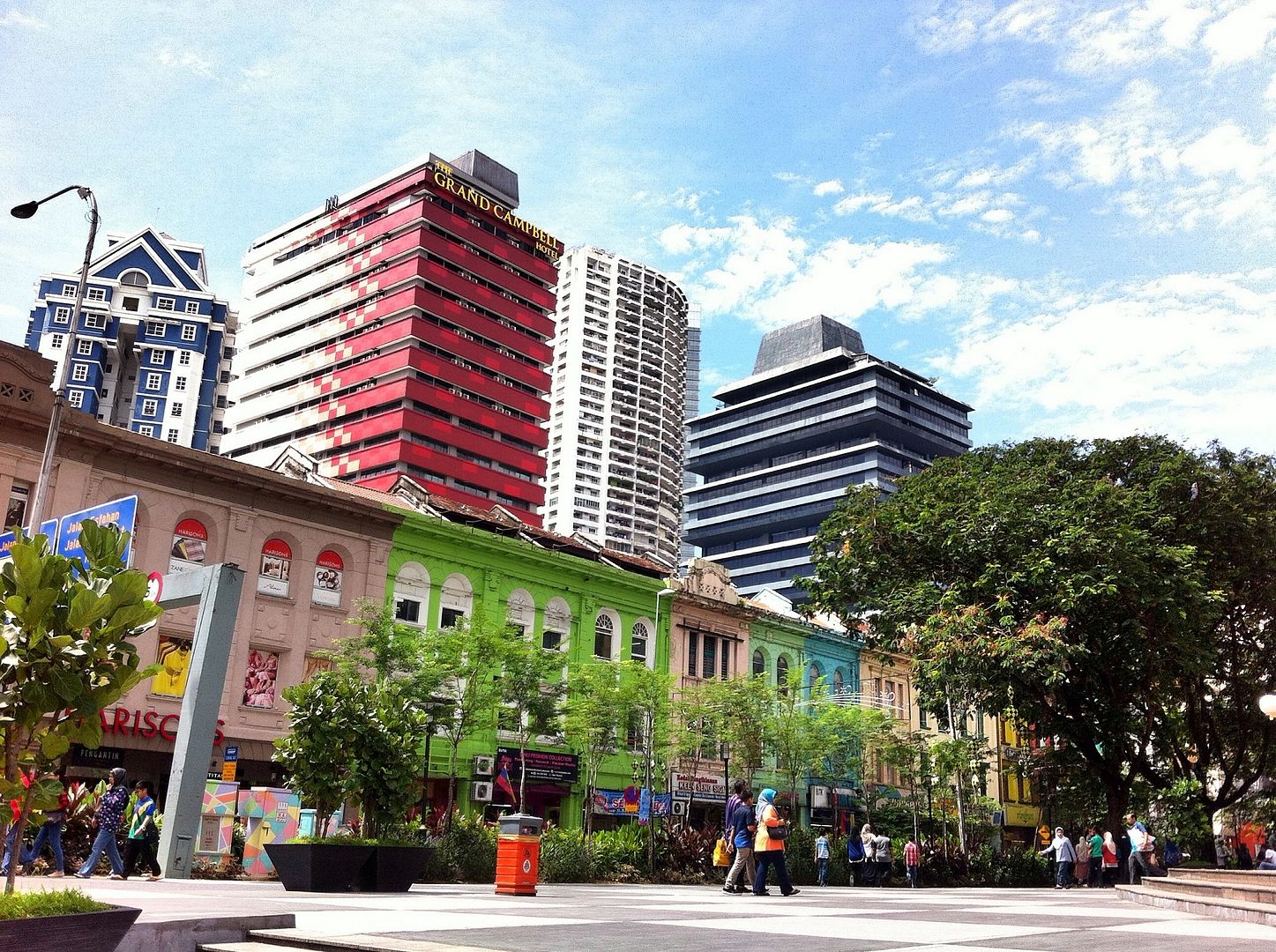
6. Shop for souvenirs on Bukit Bintang.
No trip is complete without souvenirs (or pasalubongs as we Filipinos call it), even ones on a budget. Bukit Bintang is an area in KL known as a shopping and entertainment hub because of the abundance of malls, hotels, cafes, bars, and night markets in the district. The area is teeming with factory outlets and backstreet stalls where you can buy everything from ref magnets to keychains to shirts to bags to watches. I wasn’t about to leave Malaysia without buying an I Love Malaysia shirt.
Jalan Alor is also located here, and the entire street is dedicated to Chinese food restaurants and stalls. It’s like a mini Chinatown. This was also where we found Loong Kee, this huge store of food items – dried meat, Malaysian coffee, biscuits, chips, noodles, etc. We bought most of our pasalubongs here.
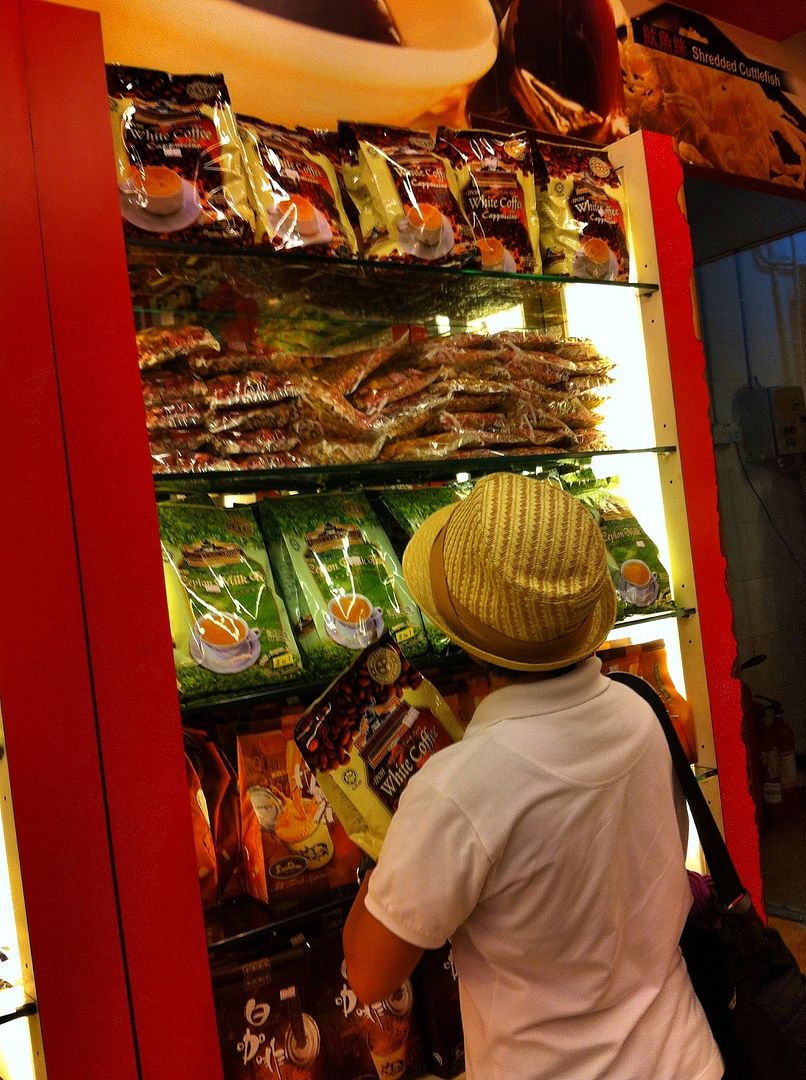
7. Do your research.
While spontaneous trips are fun and make good stories, planning is necessary if you’re traveling on a budget. Read blogs, travel guides, ask friends who’ve been to KL (or wherever you’re going), stock up on tips and information that can help you score the best deals. Know your options so you can make intelligent decisions. I remember reading a lot about Malaysia months prior to our trip, not just because I wanted to spend less but also because it is a predominantly Muslim country and I wanted to make sure that I won’t be committing some cultural taboo. Doesn’t hurt to be informed, right? But you should also leave room for spontaneity. Be flexible because not everything will go your way all the time.
So that’s how we did it! Malaysia has been good to me and my sister and we both want to return someday. The country has so much to offer and there’s so much more we’d like to see and experience. Fortunately, we can do it again without spending our life savings. And you can, too!
Thanks for reading my last post for my Malaysia series! Now, I’d like to know… have you been to any part of Malaysia? How was your experience? Share it with me in the comments!

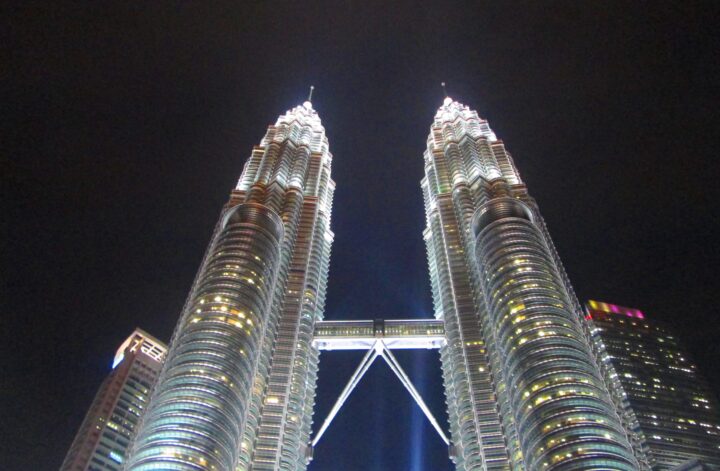








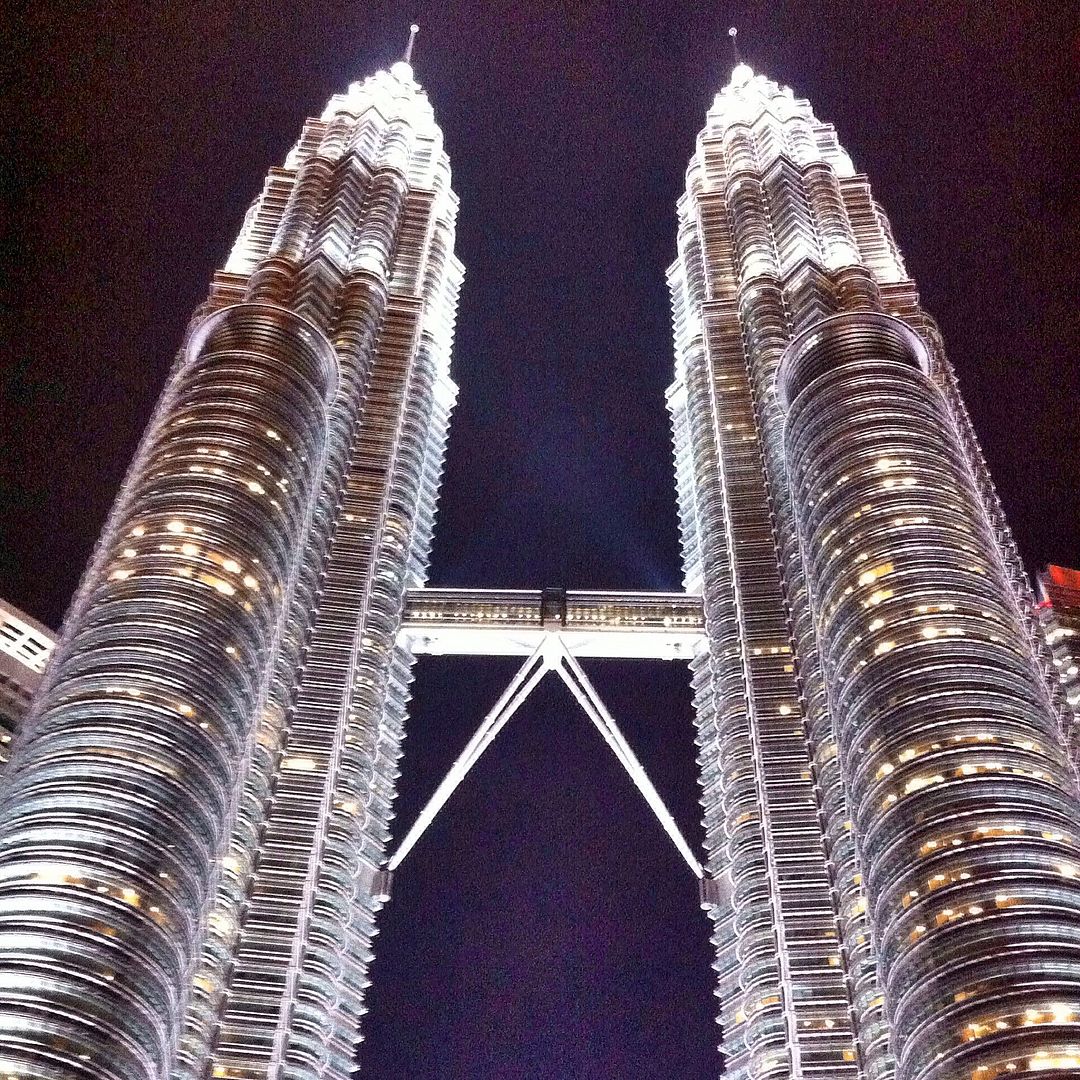
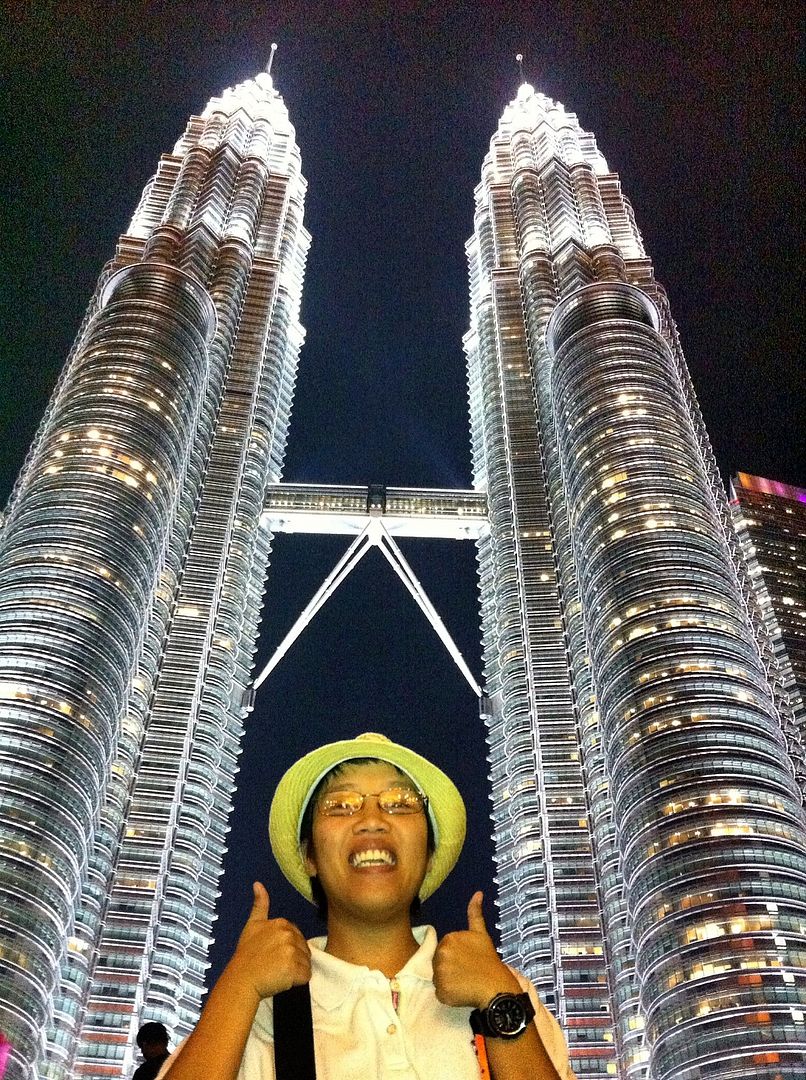












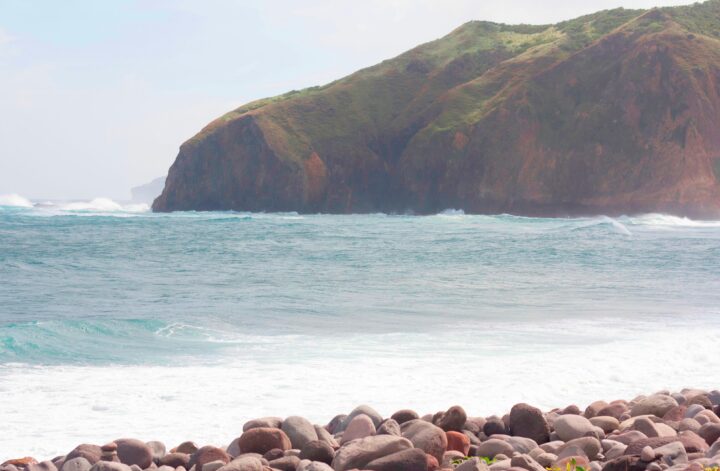
2 Comments